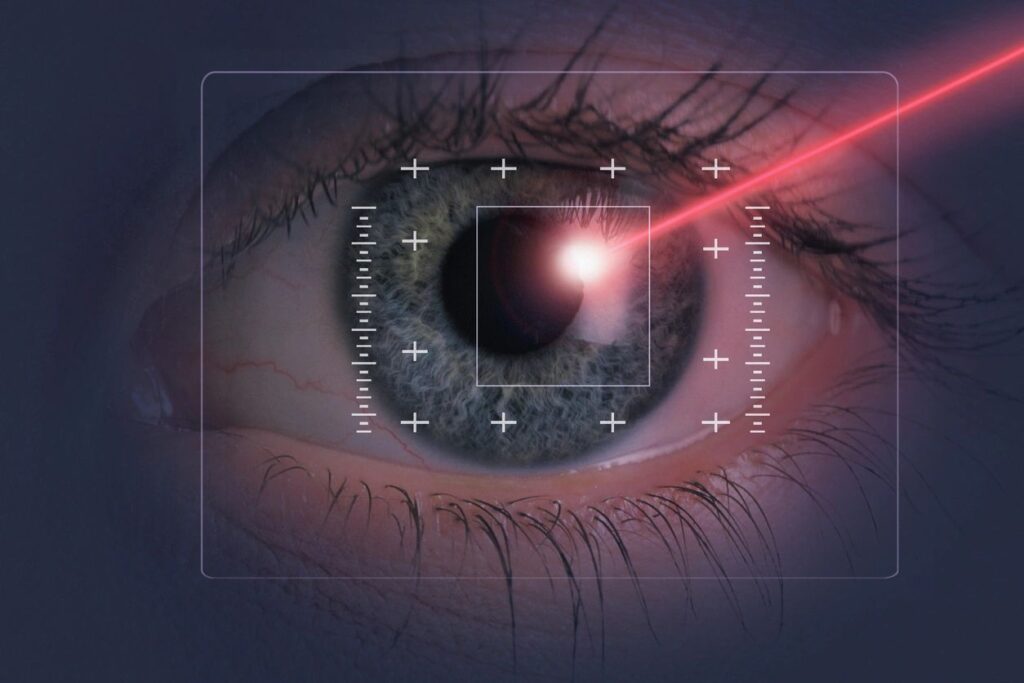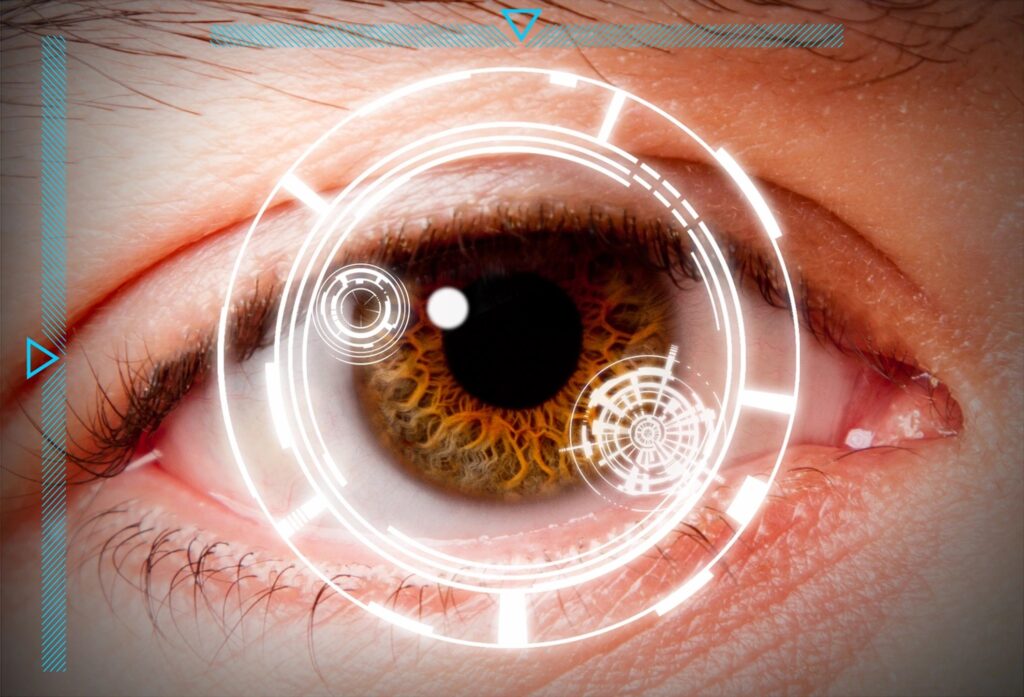Preventing Eye Strain at Work: Tips for Healthy Screen Time

📌 Where Opportunity Meets Recognition – Through Meritable Empowerment Preventing Eye Strain at Work In our digital world, most professionals spend 6–10 hours a day looking at screens. Whether it’s your laptop, phone, or external monitor, extended screen time can lead to a common but often overlooked problem: eye strain. Preventing eye strain at work is critical for long-term health, productivity, and focus. Without intervention, symptoms like blurry vision, headaches, dry eyes, and fatigue can become a daily obstacle to your performance and well-being. Here’s what causes digital eye strain—and how to fix it. What Causes Eye Strain in the Workplace? 👀 Digital eye strain, also known as computer vision syndrome, results from prolonged exposure to digital screens and poor visual ergonomics. Common causes include: Over time, these habits can lead to discomfort, reduced concentration, and even long-term vision issues. 1. Follow the 20-20-20 Rule ✅ Every 20 minutes, look at something 20 feet away for at least 20 seconds. 💡 This simple habit gives your eyes a much-needed break and helps reduce fatigue caused by constant close-range focus. 2. Optimize Your Workspace Ergonomics 📏 Monitor distance & height: Your screen should be 20–30 inches away and positioned slightly below eye level. 💡 Lighting: Avoid glare by using ambient lighting. Adjust your screen brightness to match your room’s lighting. 🪑 Chair position: Ensure your posture supports natural eye alignment to the screen. 🔗 Want help optimizing your workflow with AI tools? Explore EIOD.AI 3. Adjust Display Settings for Eye Comfort ⚙️ Use dark mode when possible to reduce brightness 🔤 Increase font size for easier readability 🖥️ Enable blue light filters or use glasses with blue light protection to reduce exposure that disrupts sleep and eye comfort 4. Stay Hydrated and Blink Often 💧 Dehydration can worsen dry eyes. Drink plenty of water throughout your workday. 🫰 Blinking keeps eyes moist and prevents dryness. Remind yourself to blink when focused for long periods. 5. Take Regular Screen Breaks ⏱️ Use timers or reminders to take microbreaks throughout your day. 🌿 Step away from your desk, stretch, or take a walk. Movement helps circulation and reduces eye and mental fatigue. 6. Consider an Annual Eye Exam 🔍 Don’t wait until you’re struggling—see an eye doctor at least once a year, especially if you work on screens full-time. Early detection of vision changes can prevent long-term issues and improve your work performance. Final Thoughts: Protecting Your Vision is Protecting Your Productivity Preventing eye strain at work is more than a health concern—it’s a productivity strategy. By creating better screen habits and optimizing your workspace, you can reduce discomfort, boost focus, and protect your long-term vision. 🔗 Ready to work smarter and protect your well-being? Join EN.Community and gain access to ethical tools and human-first professional support. Internal Links External Links to Reputable Sources
The Hidden Dangers of Eye Fatigue from Monitors & How to Protect Your Vision

Where Opportunity Meets Recognition – Through Meritable Empowerment Introduction: The Growing Concern of Eye Fatigue In the digital age, screens have become an essential part of our daily lives. Whether you’re working, gaming, or browsing, prolonged monitor exposure can take a toll on your vision. Eye fatigue, also known as digital eye strain (DES), affects millions of professionals, causing discomfort, blurred vision, headaches, and even long-term complications. But what makes monitor exposure so harmful, and how can you safeguard your eyesight while maintaining productivity? Let’s dive into the science behind eye fatigue and the best practices for reducing its effects. The Dangers of Eye Fatigue & Prolonged Screen Time 1. Blue Light Exposure & Its Effects 2. Increased Risk of Myopia (Nearsightedness) 3. Reduced Blink Rate & Dry Eyes 4. Increased Eye Strain & Headaches Tips to Protect Your Eyes from Monitor-Related Fatigue 1. Follow the 20-20-20 Rule ⏳ Every 20 minutes, take a 20-second break and look at something 20 feet away. This reduces constant strain and relaxes the eye muscles. 2. Adjust Your Screen Settings 🔧 3. Use Proper Monitor Positioning 🖥️ 4. Blink More & Use Eye Drops 👁️ 5. Invest in Blue Light Blocking Glasses 👓 6. Take Frequent Breaks & Stretch 🏃 7. Adjust Room Lighting 💡 Long-Term Eye Health & Preventative Measures Maintaining eye health is a long-term commitment. Here are additional habits to incorporate into your daily routine: ✅ Get regular eye check-ups to monitor vision changes.✅ Eat vision-friendly foods rich in Vitamin A, lutein, and omega-3s.✅ Limit screen time before bed to improve sleep quality.✅ Use ergonomic workstations with proper lighting and positioning. Final Thoughts: Prioritizing Your Eye Health Your eyes are one of your most valuable assets. With increased screen time becoming unavoidable, taking proactive steps to reduce eye fatigue is essential. By adjusting screen habits, incorporating protective measures, and making lifestyle changes, you can maintain healthy vision and productivity for years to come. 💡 Looking for more wellness and productivity insights? Join EN Community for expert resources and tools designed to empower professionals. 🔗 Explore more insights on eye health & productivity at EIOD.AI

